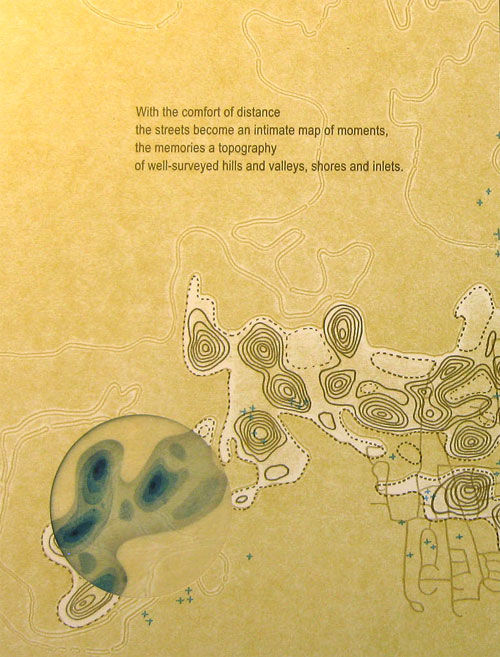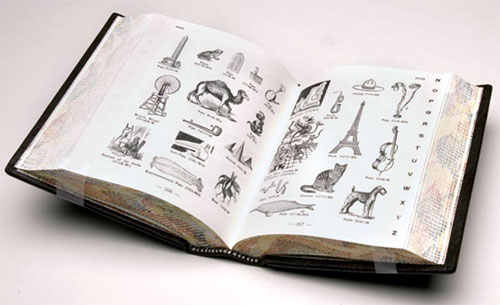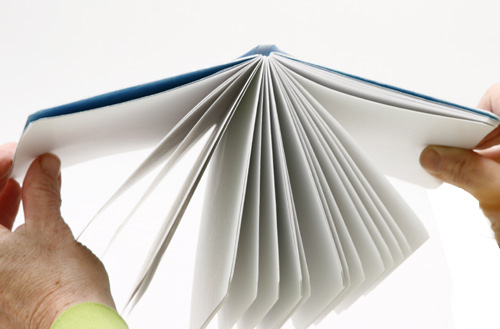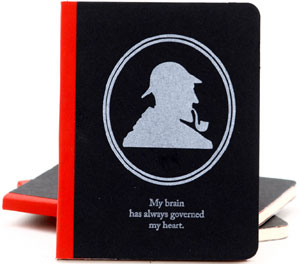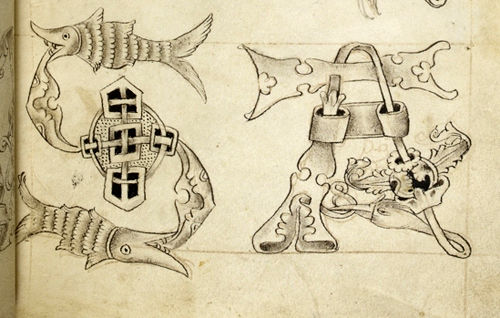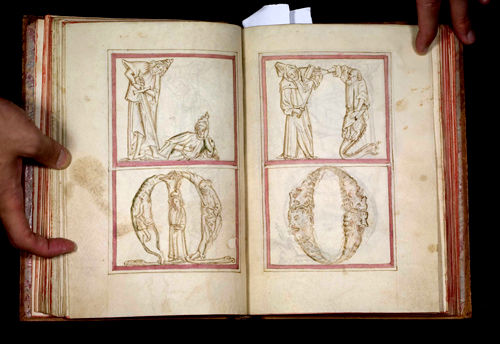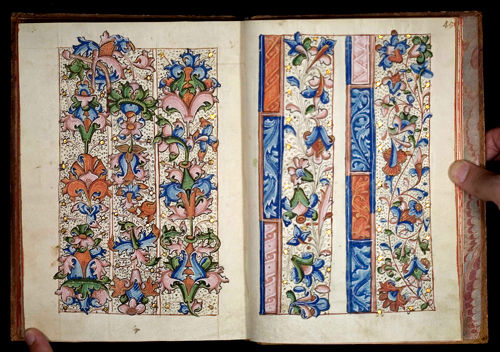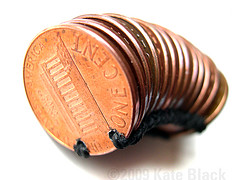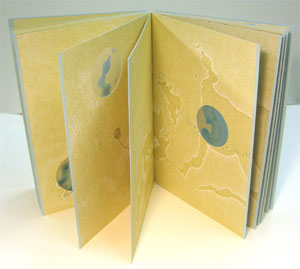 Macy Chadwick is a fellow letterpress printer and book artist here in the Bay Area. She calls her press “In Cahoots” and she’s recently put up a website with photos of her work. I first got to know Macy when she wrote about her playful long-distance collaborations with her friend Lisa Hasegawa for Ampersand. They work on joint books for one hour a week and mail the results back and forth. (You can read the article here and see photos of some of their books here.) Macy has a new book, and wouldn’t you know, it’s got a map theme! Called The Topography of Home, it’s letterpress printed and the pages have cutouts inserted with silk paper that’s been stenciled. The book is to the left with a detail below.
Macy Chadwick is a fellow letterpress printer and book artist here in the Bay Area. She calls her press “In Cahoots” and she’s recently put up a website with photos of her work. I first got to know Macy when she wrote about her playful long-distance collaborations with her friend Lisa Hasegawa for Ampersand. They work on joint books for one hour a week and mail the results back and forth. (You can read the article here and see photos of some of their books here.) Macy has a new book, and wouldn’t you know, it’s got a map theme! Called The Topography of Home, it’s letterpress printed and the pages have cutouts inserted with silk paper that’s been stenciled. The book is to the left with a detail below.

